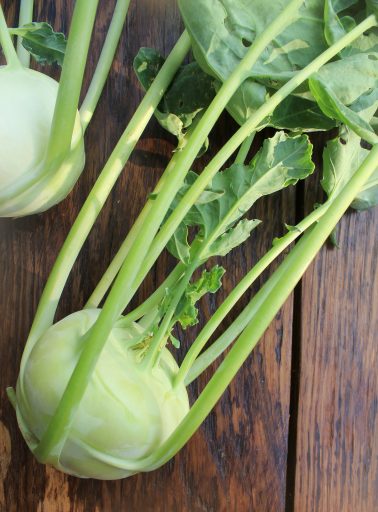In the United States, fresh vegetables are available year round, thanks to Arizona sun, abundant crop water, and innovative growing methods.

As a result, the idea of a ‘winter’ vegetable is obsolete. Still, some crops do produce better in cooler seasons, and in Arizona – according to Fill Your Plate – these include beets, cruciferous vegetables like cabbage, Brussels sprouts, and broccoli, and root crops like sweet potatoes and carrots, to mention just a few.
If you can’t get your kids to eat their veggies, no matter how you cook or ‘dress’ them, you might want to share a few of these interesting facts while they are struggling with a broccoli floret!
Broccoli is very high in phytochemicals, those little molecules that give plants their color, flavor, and smell. Scientists say plants evolved these chemical ‘signals’ to attract eaters (including humans), who likely helped disperse the seed. Broccoli worked overtime to get that vibrant green, and – because these molecules also help protect the immune system – green lovers will get an extra wallop of good health.
Cabbage is at its best in winter. Cold sharpens the flavor and insures a crisp leaf. Cabbage is also more than coleslaw, or stuffed cabbage leaves. Try Albondigas-meatball soup, with cilantro and zucchini (have your offspring try to guess the origin of those words). Full of antioxidants, cabbage is also an excellent source of vitamin C. So why is it white? It sacrificed most of its phytochemicals to make that uniquely unforgettable flavor!
Brussels sprouts supposedly come from around Brussels, Belgium. Until the late 1800s, they were not even well known in England. They have never been very popular in America, in spite of their lively green color and curious growing habit – sprouting like leaves from a central stalk. For those who love the little green cabbages, however, the University Of Arizona Cooperative Extension Unit advises that the mild winters of the Verde Valley are the perfect climate for them.
Kohlrabi is weird, say some. If you saw it growing, you would have to agree. This unique veggie has a greenish-white bulb like an onion that grows above ground, from which the leaves sprout. Think of it as a fat, fat stem, with a name that suggests the dark-eyed beauties of the East. In fact, the name comes from the German words for ‘cabbage’ and turnip. It has a sweet, mild flavor, but your kids might love it just for its looks and the name!
Beets are a root crop like potatoes but so brilliantly red they can actually color the foods you add to them. For Valentine’s Day (or just to get your kids to eat them), cook beets with pasta. For the mid-winter blahs, cook and serve with a sweetened ginger glaze. The coloring, which comes from antioxidants known as betalains, makes them the healthiest food in the world. Buy them locally at the Bathtub Spring Farm, or the Whipstone Farm, and see what magic you can make!
Carrots, probably the younger set’s favorite vegetable thanks to Bugs Bunny, are also brightly colored – an indication of their health value. Steamed and served with butter, they are naturally sweet, and locally available in Arizona. Northerners have to wait until summer! The same great flavor, but in colors like red or purple (carrot’s original colors), is coming back into fashion. See if you can find them at Crooked Carrot Farm in Queen Creek or GreenGate Fresh in Yuma.
Finally, the all-time favorite across ages and generations is the potato. It came to Europe in the 14th century, and landed in Ireland thanks to English explorer Sir Walter Raleigh. In Ireland, it caused a famine, but in the United States it has become a staple food across all ages and ethnic groups. Imagine dinner in a restaurant without a baked potato, or Thanksgiving without mashed potatoes. Imagine a life without hash browns, tater tots, or French fries (for which we can thank Thomas Jefferson, not the French). We value them for their mild flavor, Vitamin C and densely packed energy in the form of carbohydrates. The Incas valued them for healing broken bones, sunburn, and arthritis!
The lowly potato is also the first vegetable to be grown in space. In the fall of 1995, NASA and the University of Wisconsin collaborated with the goal of feeding astronauts and future space colonists who would be away from earth for a very long time. Buy your little space travelers at Schnepf Farms, Aqua Linda Farms, or Desert Roots Farm.
Related articles
- What’s in Season in Arizona This Winter? (fillyourplate.org)
- Let Soup Warm You this Winter (fillyourplate.org)
- Where Can I Get Farm-Fresh Vegetables Delivered Right To My Door? (fillyourplate.org)

